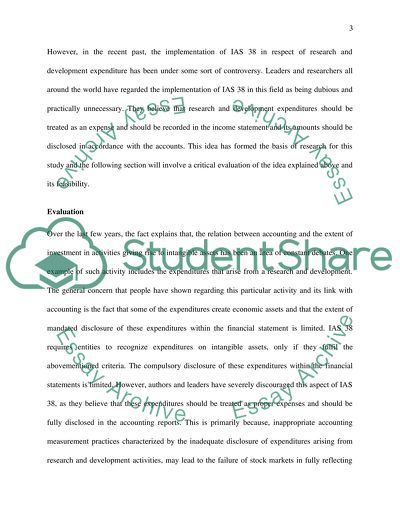Cite this document
(“The requirements of IAS 38 in respect of Research and Development Essay”, n.d.)
The requirements of IAS 38 in respect of Research and Development Essay. Retrieved from https://studentshare.org/finance-accounting/1492288-ypthe-requirements-of-ias
The requirements of IAS 38 in respect of Research and Development Essay. Retrieved from https://studentshare.org/finance-accounting/1492288-ypthe-requirements-of-ias
(The Requirements of IAS 38 in Respect of Research and Development Essay)
The Requirements of IAS 38 in Respect of Research and Development Essay. https://studentshare.org/finance-accounting/1492288-ypthe-requirements-of-ias.
The Requirements of IAS 38 in Respect of Research and Development Essay. https://studentshare.org/finance-accounting/1492288-ypthe-requirements-of-ias.
“The Requirements of IAS 38 in Respect of Research and Development Essay”, n.d. https://studentshare.org/finance-accounting/1492288-ypthe-requirements-of-ias.


